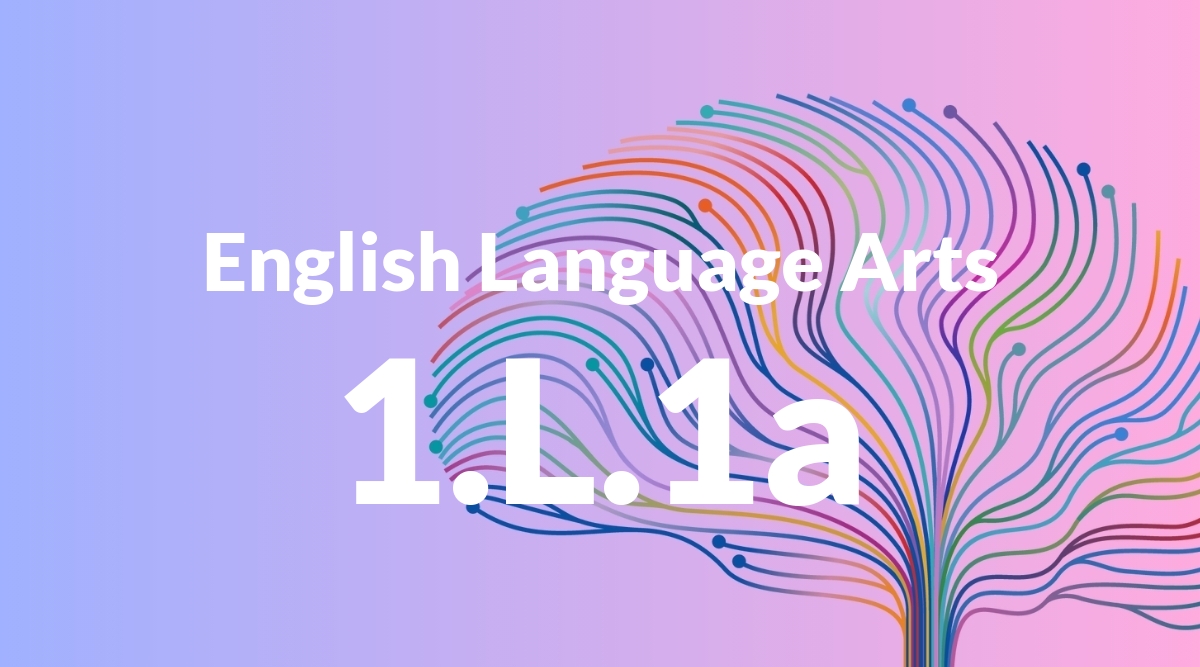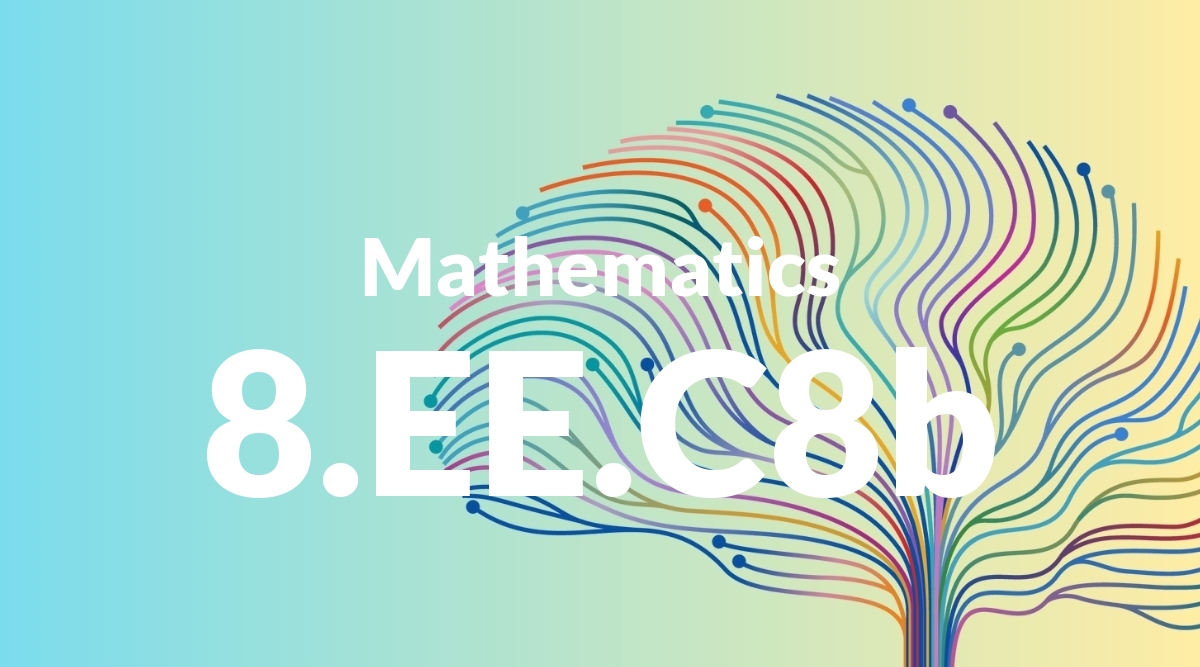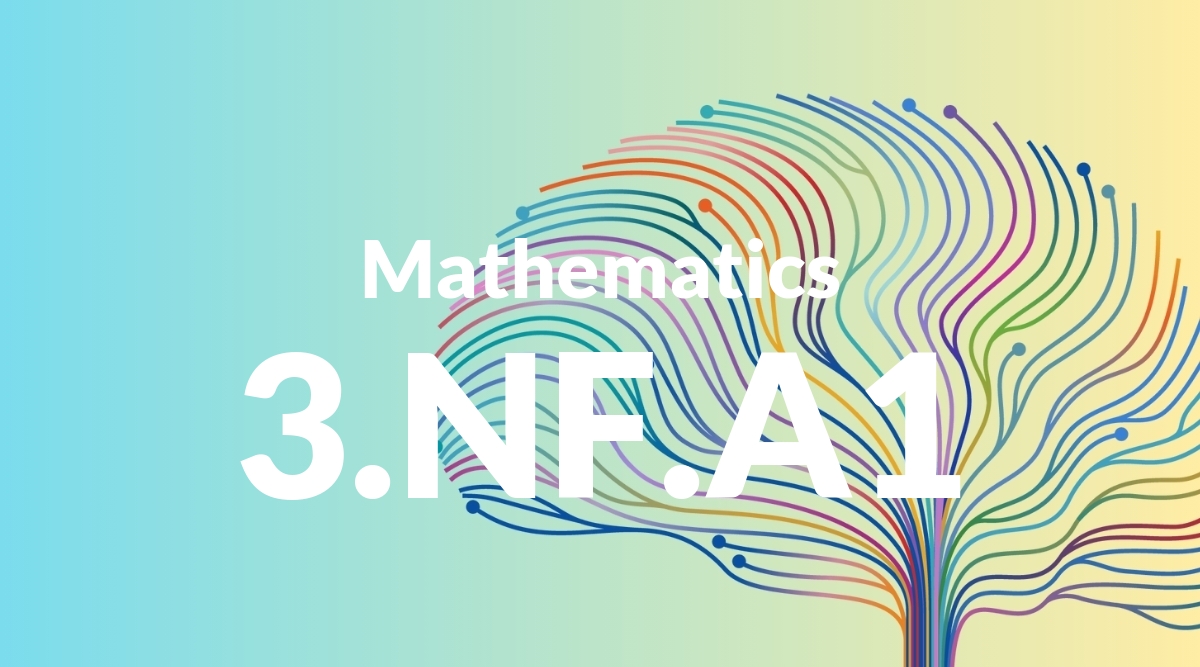
The Proactive Instruction Model (PIM) leverages data and AI to anticipate student misconceptions, providing educators with targeted interventions for deeper, more personalized learning.

In traditional models, 'teaching' all too often refers to mere content delivery; a one-size-fits-all approach that fails to account for individual student needs and understanding.
Assessment tends to be inflexible and high-pressure. It fails to provide meaningful insight into each student's actual learning progress and development
Frequently, this crucial step is skipped, and another round of 'teaching' is conducted. However, even when it *is* used, formative assessment is inherently reactive.
Teachers begin by anticipating common student misconceptions—using input from past practice, PLCs, curriculum data, or AI tools—before instruction begins, allowing for proactive planning.
Teachers curate or design specific interventions tailored to address each anticipated misconception they identified in the Predict phase. This ensures that targeted support is readily available, before it is ever needed.
In the Match phase, teachers use their lesson for the purpose of (i) identifying students' various misconceptions and (ii) efficiently matching them to the predefined interventions. This optimizes instructional time and provides 100% personalized support.
PIM tailors instruction to individual student needs, ensuring each learner receives the support they require.
By anticipating misconceptions, PIM enables timely interventions that prevent small issues from becoming major learning obstacles.
PIM leverages data and AI insights to inform teaching strategies, enhancing the effectiveness of instruction.
Ongoing assessments in PIM provide immediate feedback, allowing for real-time adjustments to teaching methods.
PIM helps students see their progress, making learning more engaging and encouraging them to keep going.
With its proactive approach, PIM fosters a deeper understanding of material, leading to higher student achievement and confidence.


Solve systems of two linear equations in two variables algebraically, and estimate solutions by graphing the equations. Solve simple cases by inspection. For example, 3x + 2y = 5 and 3x + 2y = 6 have no solution because 3x + 2y cannot simultaneously be 5 and 6.

Understand a fraction 1/b as the quantity formed by 1 part when a whole is partitioned into b equal parts; understand a fraction a/b as the quantity formed by a parts of size 1/b.



